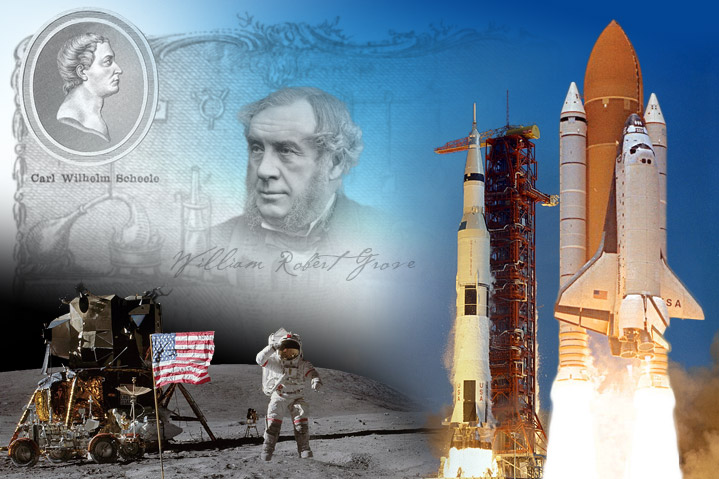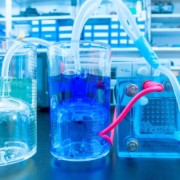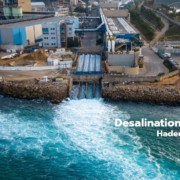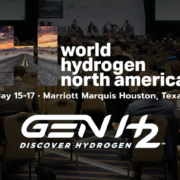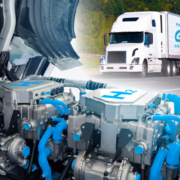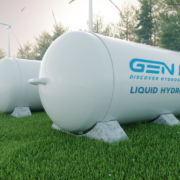The Evolution of Hydrogen
By: GenH2 Staff
Read Time: 3 minutes
The Evolution of the Hydrogen Revolution
Currently hydrogen is acknowledged to be the ideal energy carrier for the clean energy future, with the news industry stating that a $11 trillion global hydrogen energy boom is possible. New innovations, approaches and initiatives are needed to support and continue to revolutionize the hydrogen ecosystem boom as major strides are being made in making a transition to a sustainable hydrogen economy.
Even in acknowledging that major strides and innovations need to lead the way, it also needs to be pointed out that there has been an important evolution leading to this point in time. While in certain sectors, innovations in hydrogen are commonly thought to be a recent undertaking, hydrogen’s usefulness has been known long before it was deemed to be a possible solution to zero-emissions goals. Ever since hydrogen was first generated in the 1500s, there have been countless advancements and an evolution in hydrogen technologies over the following centuries.
In the 16th century, hydrogen was first artificially produced as a byproduct when dissolving metals in acid and was later identified as an element when it was discovered to be a component in water in 1776. In 1800, the process of electrolysis was created when scientists found hydrogen when applying an electrical current through water. Nearly four decades later, the first practical use of hydrogen was realized when the inverse of electrolysis was also applied, allowing electricity to be generated while producing water as a byproduct. This process ultimately led to the creation of the first hydrogen fuel cell, of which more sophisticated versions are being used today.
One of the most impressive uses of hydrogen in its evolution was exhibited in the 1960s for Space exploration. During the Apollo era, missions to the moon were developed with an incredible amount of detail, accounting for many different difficulties that would be faced on a mission to the moon. Hydrogen played a key role in these missions, as the fuel cells that were used to power the systems within the crew module also produced water, providing hydration for the astronauts while humidifying the interior of the crew module.
More advanced forms of hydrogen technologies have allowed for liquefaction as far back as 1898, which can increase both the purity and energy density of hydrogen, offering greater efficiency when used as an energy carrier. In the Space Shuttle program, liquid hydrogen (LH2) was used as the fuel, and with the latest NASA Artemis I launch showing how hydrogen crosses boundaries through multiple space programs and decades. Today through evolution and revolutionizing innovations, hydrogen economy visionaries are seeing feasibility studies from 1976 in LH2 Airport Requirements study become closer to a reality as major aircraft companies are investing in LH2 as the next generation fuel for air travel. As a result, this ‘Liquid Electricity’™ carrier is redefining how hydrogen can benefit society in multiple markets, especially where those markets require on-demand supply at a greater purity and tailored quantities by use case.
GenH2 is one of the leaders apart of the hydrogen economy revolution in using LH2 and innovative approaches, technologies in developing hydrogen infrastructure solutions through light-scale systems and cryogenic controlled storage. To learn more about how GenH2 is revolutionizes hydrogen infrastructure, see our LS20 mobile liquefaction and storage system!
